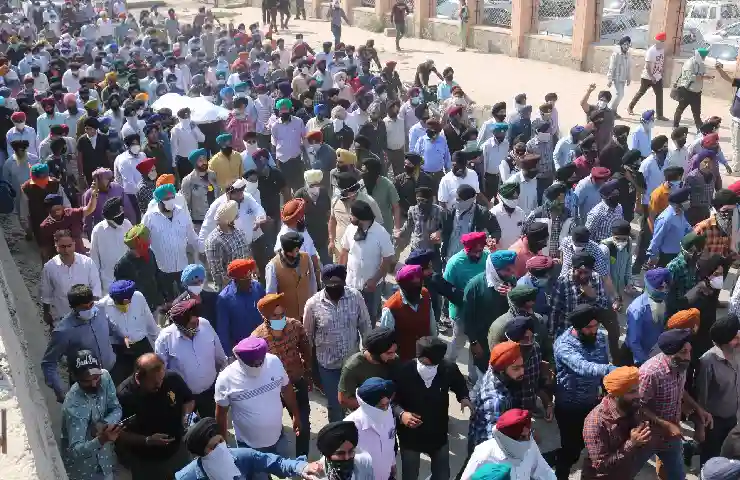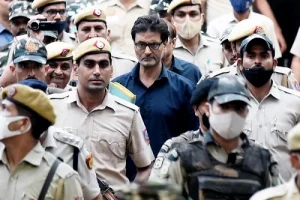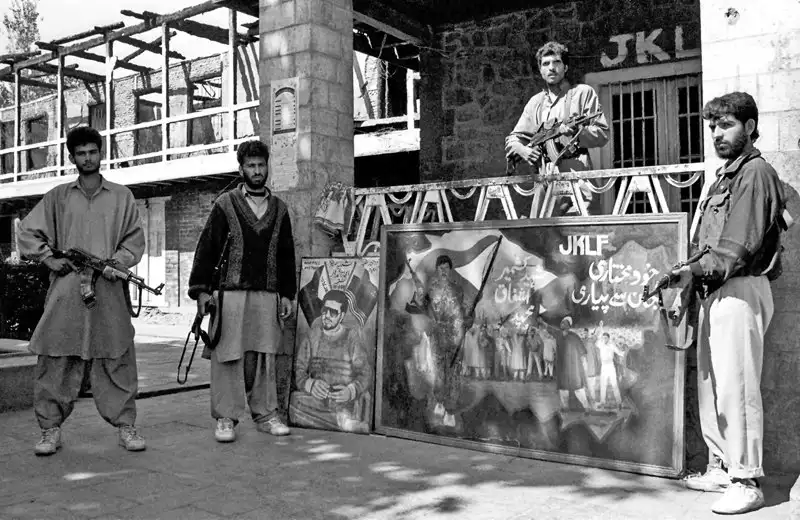Non-Muslim minorities were targeted in the Muslim-dominated Kashmir in 1990 with the intention of making the valley an independent theocratic State, exclusively for the followers of only one religion. Thirty-one years later, they are yet again being targeted and divided on communal lines.
But there is a fundamental difference between the two situations. In 1990, it was a popular movement of the alienated masses—many viewing the guerrillas as their ‘messiahs of freedom’ and supporting them without a murmur of protest over their misdeeds. The government system had collapsed completely.
Thirty-one years on, there are protests pouring in from several quarters. The people of Kashmir are not much expressive publicly due to the fear of the gun and possible reprisals from the terrorists but the social media is flooded with criticism and condemnation of the innocent killings. Today, all the organs of the government are functional and terrorists have no capacity to celebrate such killings on the streets.
Kashmir’s Pandits and Sikhs have been targeted several times since 1990 on account of their religious identity. Of the 250 slain Pandits, 56 were killed in the three massacres at Sangrampora Budgam (21 March 1997),Wandhama Ganderbal (25 January 1998) and Nadimarg Pulwama (23 March 2003). Others were selectively targeted, mostly in singles, beginning with Tika Lal Taploo and others in 1989.
Thirty-five Sikhs were selectively shot dead in a major massacre at Chittisinghpura Anantnag on 20 March 2000. On 3 February 2001, 6 members of the Sikh community were massacred at Mehjoor Nagar in Srinagar. Like the Pandits, sporadic targeting of Sikhs has been going on.
Targeted killing of popular Pandit chemist in Srinagar draws condemnation, demands robust response
Principal of Government Higher Secondary School Sangam, Iddgah, Supinder Kour, who was gunned down along with her colleague Deepak Chand on Thursday, 7 October 2021, and Chairman of Block Development Council (BDC) Khag Bhupinder Singh, who was killed on 23 September 2021, were the residents of the same upper Budgam locality of Beerwah. Both had shifted their residences to Srinagar’s Sikh-dominated neighbourhood of Allochi Bagh.
But, all said and done, religious affiliation alone does not qualify one to be a target of the different hues of terrorists. It only adds to the vulnerability, like in the case of Bhupinder Singh and Rakesh Pandita, a BJP leader and a councillor of Municipal Committee Tral who was killed on 2 June 2021.
A cursory look over the statistics indicates that the followers of all religions, ethnic communities and genders become the target of the terrorists. This is why everybody is saying that terrorism has no religion.
Proportionate to the composition of the population, Muslims have been the worst hit. In fact the first very killing was that of the National Conference worker Mohammad Yusuf Halwai who, defying a terrorist diktat, refused to put off the lights of his house on the Indian Independence Day, on 15 August 1989. Since then, over 98% of the civilians killed in Kashmir’s terrorist violence have been Muslims. For example, of the 28 civilians killed in the current year, 21 were local Muslims and 7 non-Muslims—4 Kashmiri Pandits, 2 non-local Hindus and one a local Sikh.
The terrorists’ targets have been distinguishable from day of the armed insurgency in Kashmir—anybody identifying himself the State of India, with the idea of India; anybody refusing to speak the language of the militants, the separatists and Pakistan and failing to toe their line; anybody whose assassination makes a big news and spreads the fear of the militant’s gun; anybody subscribing to the Indian institutions or participating in India’s democratic processes. This is why a large number of the attacks have taken place on the NC leaders and workers in the past and why most of the current time’s attacks are directed on the BJP.
The NC leadership claims that 4,000 to 5,000 of its workers have been killed by militants since Halwai’s broad daylight assassination at Qalashpora, in the interior of Srinagar, during Farooq Abdullah’s regime on 16 August 1989. Two of the three sitting Ministers killed by militants in 1999, 2002 and 2005— Ghulam Hassan Bhat, Mushtaq Ahmad Lone and Dr Ghulam Nabi Lone—belonged to NC.
The militants and their leaders perceive any political party with a red colour flag as a threat to Pakistan’s dream of annexation of Jammu and Kashmir. According to their yardsticks, NC is a threat to their agenda not only for its red colour flag but also for its secular slogans and for failing the tribal raiders’ invasion in 1947. This explains why most of the attacks have taken place on the NC workers and leaders.
Thirty-one years later, terrorists may succeed to cause a short-lived fear with some selective killings, using lone wolves with body-cams, but expecting a 1990-type upheaval would be naive.
















